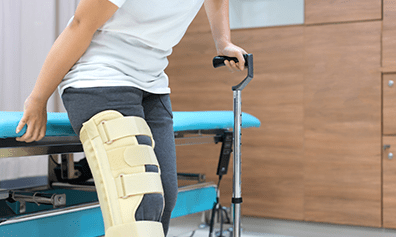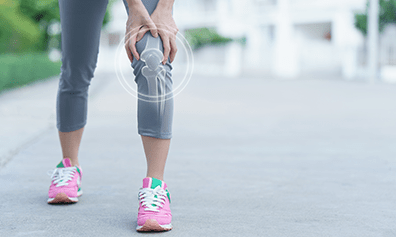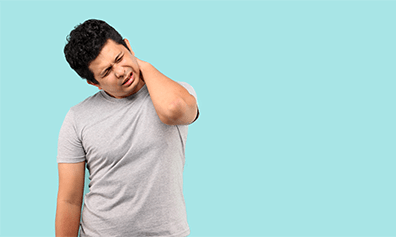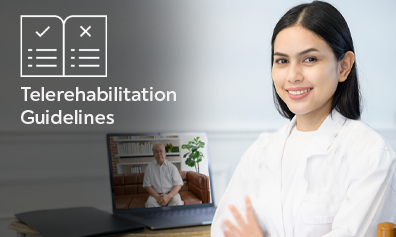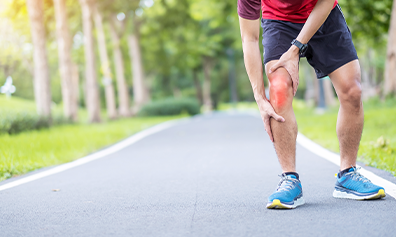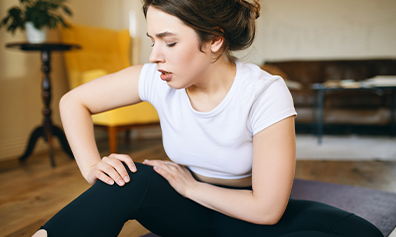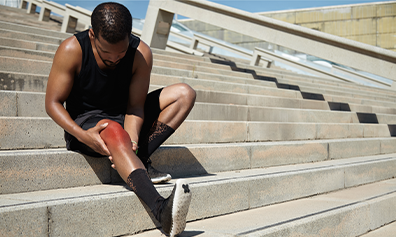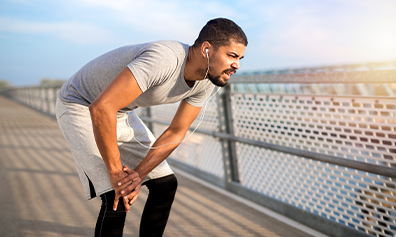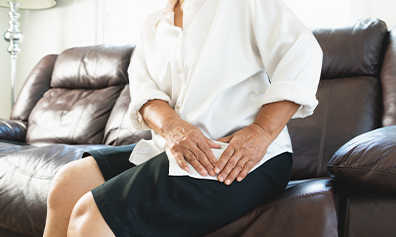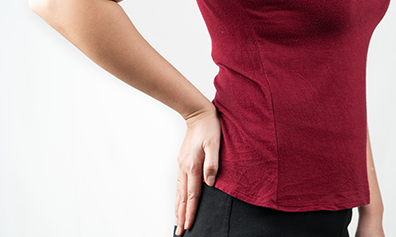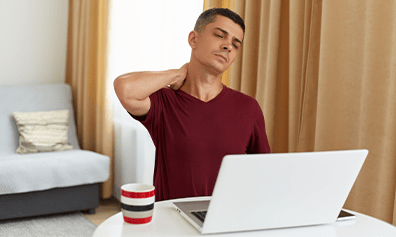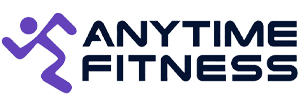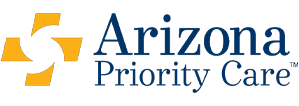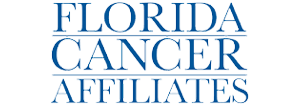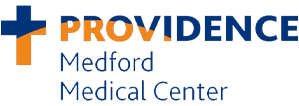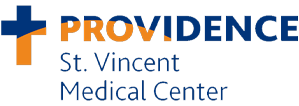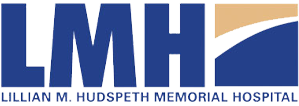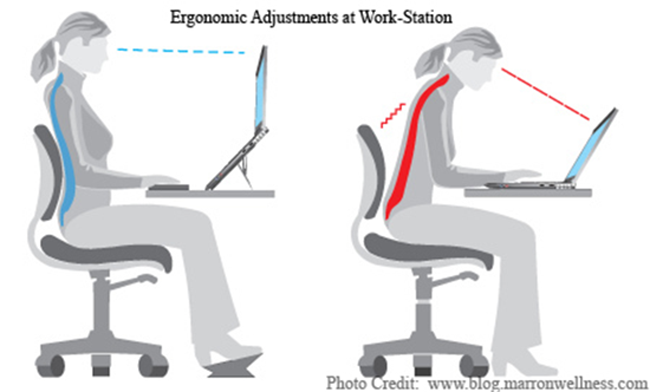
Ergonomics As told in our previous post, ergonomics studies human capabilities in line with occupational requirements/demands. It is essential to have the right ergonomic adjustments of your workstation (ergonomic workstation) to perform optimally. Spending long hours at work, in front of the computer, slowly but gradually leads to a compromised state of health, making the human body vulnerable to various musculoskeletal disorders. Long-standing problems can further lead to disabilities, at times beyond repair through conservative management or even surgery.
Thus, it is essential to set up our workspace. This is the first step towards prevention from, and even cure of, the various musculoskeletal disorders arising from the occupational hazards. The most common problems faced due to the occupational demands involve neck pain, back pain, headaches, pain in the wrists, hands, and fingers, neurological involvement leading to radiating pain, numbness and tingling, and loss of sensation in the upper and lower extremities, and nausea/vomiting/dizziness. Setting up of your Work-Space
The key point to remember while giving your workspace a makeover is
- * Choosing the right chair
- * Good posture maintenance and positioning
- * Equipment height adjustment and positioning
Taking care of these will make your work experience as comfortable as possible and help you optimally cater to your job duties and responsibilities.
Chair - The chair should support the contour of your spine. The chair's height should be adjusted such that the feet rest comfortably flat on the floor/footrest. The thighs should be well supported and parallel to the floor. The armrests should enable your forearms to gently and comfortably rest on them while maintaining relaxed shoulders. The seat should be comfortable and firm (neither too hard on the buttocks nor too soft, making you slouch). An ergonomic chair is beneficial in this.
Footrest- If the chair's height is too high and not adjustable, or the height of the desk forces you to keep your chair high, and your feet do not rest flat on the floor, always use a footrest. If a footrest is not available, a low stool or any object with a flat surface and a good stable flat base can be used.
Desk height is critical to maintaining a good and comfortable workspace. It should be by the body posture mentioned above. If the height is too low, use sturdy blocks or objects to raise the height accordingly. If the height is too high and can’t be adjusted, the chair height can be raised as explained. There should be enough room under the desk for the knees, thighs, and feet. Make sure there is nothing stored under the desk, making it cramped up for the lower body. If the edges of the top surface of the desk are hard, pad the edges. The surface should not be rough either; a smooth surface enables the forearm and wrists to glide through comfortably. Ergonomic desktops are easily available in the markets.
Objects The objects frequently used, like the stationaries, work materials, and the telephone should be kept as close to the body as possible to enable comfortable reaching without altering the body posture. If an object is needed to be kept away, always make sure to reach it after standing up without bending or trying too hard from a sitting position.
Telephone If your job requires you to speak over the phone while writing/typing at the same time, make sure you use the speakerphone function than uncomfortably cradling the receiver between the head and the shoulder.
Keyboard and mouse Keep the keyboard and mouse at a level that enables you to keep your wrists straight, upper arms close to the body, forearms well supported, and hands at or slightly below the level of elbows. Focus on keeping the use of the mouse as minimal as possible by using keyboard shortcuts (enhancing your skills may prove worthy here). Also, if possible, be as ambidextrous as possible by alternating hands for operating the mouse.
Monitor Place the monitor directly in front of the level of the eyes, approximately at about an arm’s length away. The top of the screen should be at or slightly below eye level and should be directly behind the keyboard. An additional lowering of the monitor for 1-2 inches helps in more comfortable viewing using bifocal glasses. The brightest light source should be at the side of the monitor and not directly in front or behind the monitor. Also, make sure you take proper rest and stretch breaks every 30 minutes.

